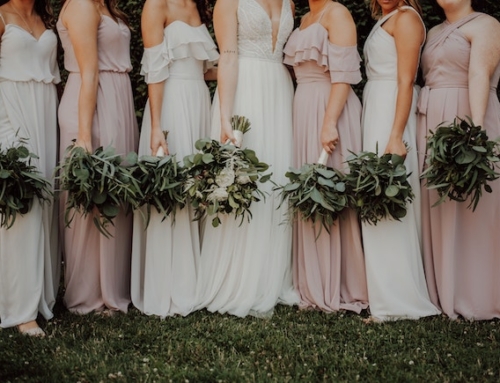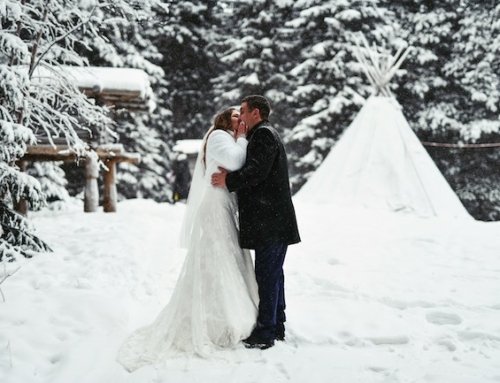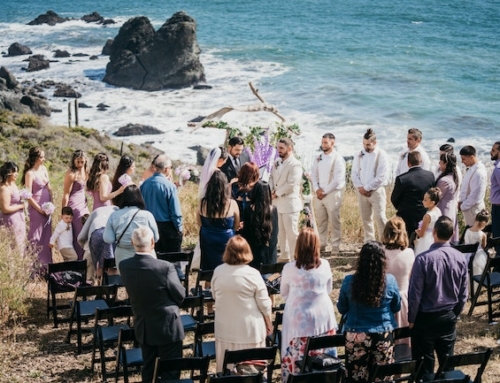Catering is an important aspect of any wedding as it is an opportunity to provide guests with delicious food and drinks. The right catering can leave a lasting impression on guests and make the wedding day more memorable. However, choosing between different catering options can be a challenge, and one of the biggest decisions that couples face is whether to choose a buffet or plated dinner.
Each option has its own advantages and disadvantages, and couples must consider their preferences and budget before making a decision. In this article, we will explore the differences between a buffet and plated dinner, the pros and cons of each option, and factors to consider when making a choice.

Pros and Cons of Buffet Catering
A buffet is a self-serve meal where guests choose from a variety of dishes set up on a table or multiple tables. Guests can serve themselves and go back for seconds if they choose. Buffets can include hot and cold food items, salads, and desserts.

Buffet catering is a popular option for weddings because it offers a variety of food choices for guests. Here are some of the pros and cons of choosing buffet catering:
Pros
- Variety: Buffet catering provides a variety of food options for guests, which can accommodate different dietary restrictions or preferences.
- Flexibility: Guests can choose the amount and type of food they want, and can even go back for seconds if they choose.
- Cost-effective: Buffet catering is often more cost-effective than plated dinners because it requires less staffing and allows for more efficient use of food.

Cons
- Crowding: Buffets can become crowded, especially if there is limited space or if guests are not properly directed to the food stations.
- Waiting time: Guests may have to wait in line to get their food, which can be frustrating.
- Waste: Buffets can lead to food waste, as guests may take more than they can eat.
When considering buffet catering for your wedding, make sure to take into account your venue and number of guests to ensure there is enough space for the buffet stations and that everyone has a chance to try the food. Additionally, work with your caterer to create a menu that accommodates different dietary needs and preferences.
Overall, buffet catering can be a great option for weddings, particularly for couples who want to provide a variety of food options for their guests in a cost-effective way.
Pros and Cons of Plated Dinner Catering
A plated dinner is a sit-down meal where each guest is served a pre-selected meal by a waiter or waitress. The meal typically consists of several courses, including an appetiser, salad, entrée, and dessert.

Plated dinner catering is a more formal option where guests are served a pre-selected meal at their tables. Here are some pros and cons of choosing plated dinner catering for your wedding:
Pros
- More Formal: Plated dinner catering is considered to be a more formal option as compared to a buffet. It can create a more elegant and sophisticated atmosphere.
- Less Crowded: With a plated dinner, guests can stay seated and enjoy their meals, without the hassle of waiting in line or juggling plates and utensils. This can create a more relaxed and comfortable environment.
- Better Quality Control: Plated dinner catering allows for better quality control as the meals are prepared and served to each guest individually. This means that the food is more likely to be served at the right temperature and with the appropriate portions.

Cons
- Limited Choices: Guests may feel restricted in their meal options as they are required to choose from a pre-set menu. This may not be ideal for those with specific dietary restrictions or preferences.
- Longer Service Time: Plated dinner catering requires more time for service as each guest must be served individually. This can lead to a longer dinner service and potentially longer wait times for guests.
- Higher Costs: Plated dinner catering often comes at a higher cost than buffet catering as it requires more staff and resources to prepare and serve each guest individually.
Overall, plated dinner catering is a great option for those who want a more formal and elegant wedding reception. It allows for better quality control and a more relaxed environment. However, it can come with limitations in terms of menu choices and higher costs.
Choosing the Right Option for Your Wedding
When it comes to choosing between a buffet and plated dinner catering for your wedding, there are a few things to consider.
First, think about your budget. Buffet catering may be a more affordable option, as it requires less staffing. Plated dinner catering, on the other hand, requires more servers and may come at a higher cost.
Second, consider your guest list. If you have a large number of guests, a buffet may be the most efficient way to serve everyone. If you have a smaller guest list, a plated dinner may feel more intimate and formal.

Third, think about the style of your wedding. A buffet can create a more casual atmosphere, while a plated dinner can feel more elegant.
Fourth, consider dietary restrictions and preferences. With a buffet, guests can choose the items that best fit their needs and tastes. With a plated dinner, it may be more challenging to accommodate individual preferences.
Finally, think about the logistics of your venue. If you have limited space for tables and chairs, a buffet may be more challenging to set up. If your venue has ample space, a plated dinner can be an excellent option to add to the ambiance of the evening.

Ultimately, the choice between a buffet and plated dinner catering for your wedding comes down to personal preference, budget, and logistical considerations. Talk to your caterer about the options available and choose the one that best fits your needs.
Alternatives to Buffet and Plated Dinner Catering
While buffet and plated dinner catering are the most common options for wedding receptions, there are also several alternative catering options that couples can consider. Here are a few:

- Family Style: This option combines elements of buffet and plated dinner catering. Guests are seated at tables and food is served in large dishes or platters that are passed around the table for guests to serve themselves. This option allows for a more communal dining experience while still offering some structure.
- Food Stations: With this option, different types of food are set up in different areas of the reception venue. Guests can visit each station and choose the items they want. Food stations can be themed (such as a taco bar or a sushi station) or can feature different types of cuisine.
- Cocktail Reception: For couples who want a more casual vibe, a cocktail reception can be a great option. Rather than a sit-down meal, guests are served a variety of hors d’oeuvres and drinks throughout the evening. This option allows guests to mingle and move around the reception venue more freely.
- Food Trucks: For an outdoor or more casual wedding, food trucks can be a fun and unique catering option. Guests can choose from a variety of food options and enjoy a more relaxed dining experience.
Final Thoughts
When choosing a catering option, it’s important to consider the style and theme of the wedding, the preferences of the couple and their guests, and the logistics of the reception venue.
Choosing the right catering option for your wedding is an important decision that can have a significant impact on the overall experience of your guests. While buffet catering offers variety and flexibility, plated dinner catering provides a more formal and elegant experience.
Ultimately, the choice between the two will depend on factors such as your budget, the style of your wedding, and the preferences of you and your guests. It’s important to consider all options, including alternatives to traditional catering, and work closely with your caterer to create a menu that fits your vision and budget. By making an informed decision and working with a trusted caterer, you can ensure that your wedding catering is a highlight of your special day.










